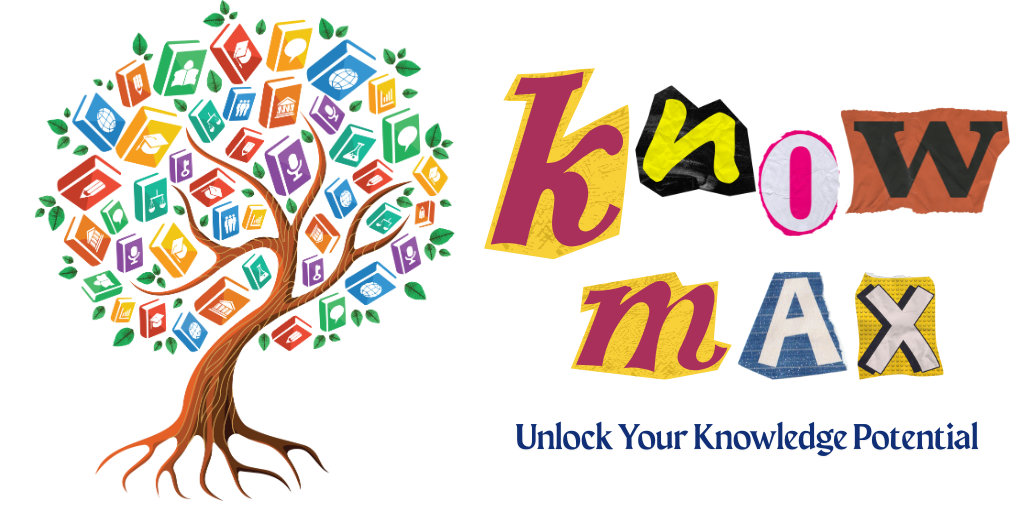In an exciting development for digital creators, a leading software company has unveiled its latest advancements in image generation technology. The new models promise to elevate the quality and versatility of visual content creation, catering to both professional and casual users. Alongside these innovations, a revamped web application has been introduced, designed to streamline access to a variety of AI models, including those from other industry players.
Introducing the Latest Image Generation Model
The newly launched Image Model 4 represents a significant leap forward in the realm of AI-generated imagery. This model boasts enhanced quality, faster processing speeds, and greater user control over various aspects of image creation, such as structure, style, camera angles, and zoom capabilities. With the ability to produce images at resolutions reaching up to 2K, it sets a new standard for detail and clarity. Additionally, a more advanced variant known as Image Model 4 Ultra has been developed, specifically designed to handle intricate scenes with numerous small elements and high levels of detail.
Advancements in Text Generation and User Control
According to the company’s VP of Generative AI, the latest models have been trained using advanced computational techniques, allowing for the generation of more intricate and detailed images. These improvements also extend to text generation within images, enabling users to incorporate their own images as stylistic references for the AI to emulate. This feature opens up new avenues for creativity, allowing for personalized and unique outputs.
Expanding Video Generation Capabilities
In addition to image generation, the company is broadening its offerings with the introduction of a video generation model. Previously available in a limited beta, this model allows users to create video clips from text prompts or images. Users can specify camera angles, define start and end frames, and even generate atmospheric elements to enhance their videos. The model supports video resolutions up to 1080p, making it a powerful tool for content creators.
Vector Model for Editable Artwork
The newly introduced Vector Model is designed to facilitate the creation of editable vector-based artwork. This model enables users to generate variations of logos, product packaging, icons, and patterns, providing a versatile tool for designers looking to iterate on their work quickly and efficiently.
Comprehensive Access Through the Web Application
The redesigned web application serves as a central hub for accessing all these innovative models, as well as additional image and video generation tools from other leading AI developers. Users can seamlessly switch between different models, ensuring that they can find the right tool for their specific needs. Each generated image will come with content credentials, ensuring proper attribution and ownership.
Collaborative Features with Firefly Boards
Another exciting feature being tested is Firefly Boards, a collaborative canvas for ideation and moodboarding. This tool allows users to generate or import images, remix them, and work together with others, similar to existing AI-powered ideaboards. Firefly Boards is integrated into the web application, enhancing the collaborative experience for users.
Future Integrations and API Availability
The company has announced plans to integrate these new models into its existing product lineup, although a specific timeline for this rollout has yet to be disclosed. Additionally, the Text-to-Image and Avatar APIs are now generally available, with a new Text-to-Video API also in beta testing. These APIs are part of a broader suite of tools and services designed to empower developers and creators alike.
Ensuring Content Authenticity
To further support creators, the company is testing a new web application aimed at ensuring content authenticity. This tool allows users to attach credentials to their work, indicating ownership and attribution through metadata. Users can also specify whether their images can be utilized for AI model training, promoting transparency and ethical use of content.
